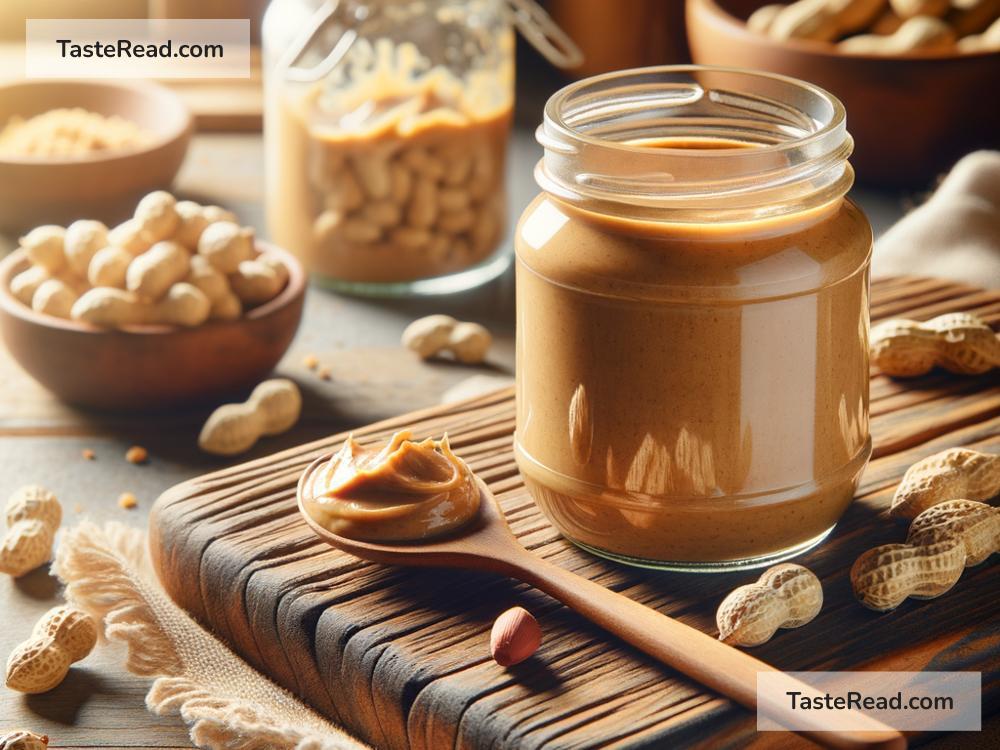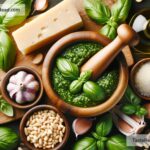How to Make Homemade Peanut Butter: A Simple and Delicious Guide
Peanut butter is a tasty and versatile spread loved by millions worldwide. Whether you enjoy it on toast, in smoothies, or as a baking ingredient, peanut butter always adds creamy, nutty goodness to your recipes. While store-bought peanut butter is convenient, it may contain added oils, sugars, and preservatives. Why not make your own at home? Homemade peanut butter is healthier, fresher, and surprisingly easy to make. Plus, it only requires a few ingredients and tools.
In this guide, we’ll walk you through the step-by-step process of making peanut butter at home. You’re just minutes away from creating a wholesome, delicious spread that you can customize to your liking!
What You’ll Need
Before you start, gather the following ingredients and tools:
Ingredients:
– 2 cups of unsalted, roasted peanuts (or you can roast raw peanuts yourself)
– Optional add-ins:
– Salt (about ½ teaspoon)
– Honey or sugar (for sweetness)
– Oil (if needed for extra creaminess, use a neutral oil like peanut oil or vegetable oil)
Tools:
– A food processor or high-powered blender
– A spatula
– A clean jar for storing the peanut butter
Step 1: Choose Your Peanuts
The key ingredient for homemade peanut butter is, of course, peanuts. You can use either raw or roasted peanuts, depending on what flavor you prefer. Roasted peanuts make the peanut butter rich and deep in flavor, while raw peanuts offer a milder, more subtle taste. If you prefer raw peanuts, roast them yourself in the oven for extra flavor. Here’s how:
- Preheat your oven to 350°F (175°C).
- Spread the peanuts in a single layer on a baking sheet.
- Roast for about 10-15 minutes, tossing them halfway through to ensure even browning.
- Allow the peanuts to cool completely before using.
Unsalted peanuts are a great choice because they give you control over the salt level in your final product.
Step 2: Start Processing
Place the peanuts into your food processor or blender. Turn it on and let the machine do the work. The peanuts will go through several stages:
- Chopped Stage: At first, the peanuts will break into small, coarse granules.
- Powdery Stage: As you keep processing, the mixture will become a fine powder. This is because the natural oils in the peanuts are starting to release.
- Sticky Ball Stage: After a few minutes, the powder will clump together into a sticky ball. Keep going!
- Creamy Stage: Finally, the peanuts will transform into smooth, creamy peanut butter. Be patient during this stage—it can take anywhere from 3 to 10 minutes, depending on your machine.
Remember to pause occasionally to scrape down the sides of the food processor or blender with a spatula. This ensures that all peanuts are blended evenly.
Step 3: Customize Your Peanut Butter
Once your peanut butter reaches the creamy stage, it’s time to add your personal touch! Here are some optional add-ins and ideas for customization:
- Salt: Add a pinch of salt to enhance the flavor.
- Sweetener: If you prefer sweeter peanut butter, mix in a drizzle of honey or a small spoonful of sugar. Remember, a little goes a long way!
- Oil: If your peanut butter feels too thick, you can add a small amount of oil (start with 1 teaspoon) to make it creamier.
- Flavors: For a fun twist, try adding spices (like cinnamon), vanilla extract, or chocolate chips.
Blend your add-ins into the peanut butter for another 30 seconds, or until they’re fully incorporated.
Step 4: Store Your Peanut Butter
Once your peanut butter is ready, transfer it to a clean, airtight jar or container. Homemade peanut butter doesn’t contain preservatives, so you’ll want to refrigerate it to keep it fresh. It typically lasts about 2-3 weeks in the fridge. Make sure to stir it before each use, as the natural oils may separate over time.
Tips for Making the Best Peanut Butter
- Start Small: If you’re new to making peanut butter, try starting with a small batch to get the hang of it.
- Control the Texture: Blend less for chunky peanut butter, or blend longer for smooth peanut butter.
- Experiment with Nuts: Don’t stop at peanuts! Try making butter with other nuts like almonds, cashews, or a mix of different nuts.
Why Make Homemade Peanut Butter?
Making peanut butter at home has plenty of benefits:
- Healthier: No unnecessary additives or preservatives—just wholesome ingredients.
- Budget-Friendly: Buying peanuts is often cheaper than buying pre-made peanut butter.
- Customizable: You can adjust the flavor, sweetness, and texture to your liking.
- Fun and Rewarding: There’s something satisfying about making your own kitchen staples!
Conclusion
Homemade peanut butter is easy to make, delicious, and better for you than most store-bought options. With just peanuts and a few optional ingredients, you can create a creamy, nutty spread that’s perfect for sandwiches, snacks, and recipes.
Give it a try and enjoy the fresh taste of homemade peanut butter. Once you see how simple it is, store-bought jars may become a thing of the past!


